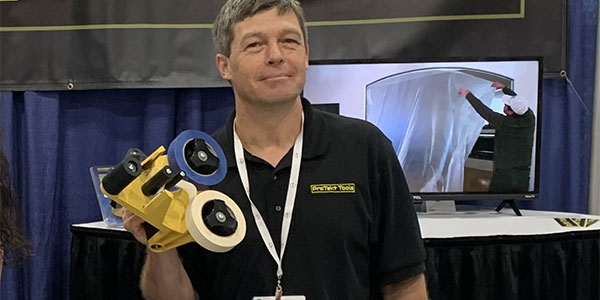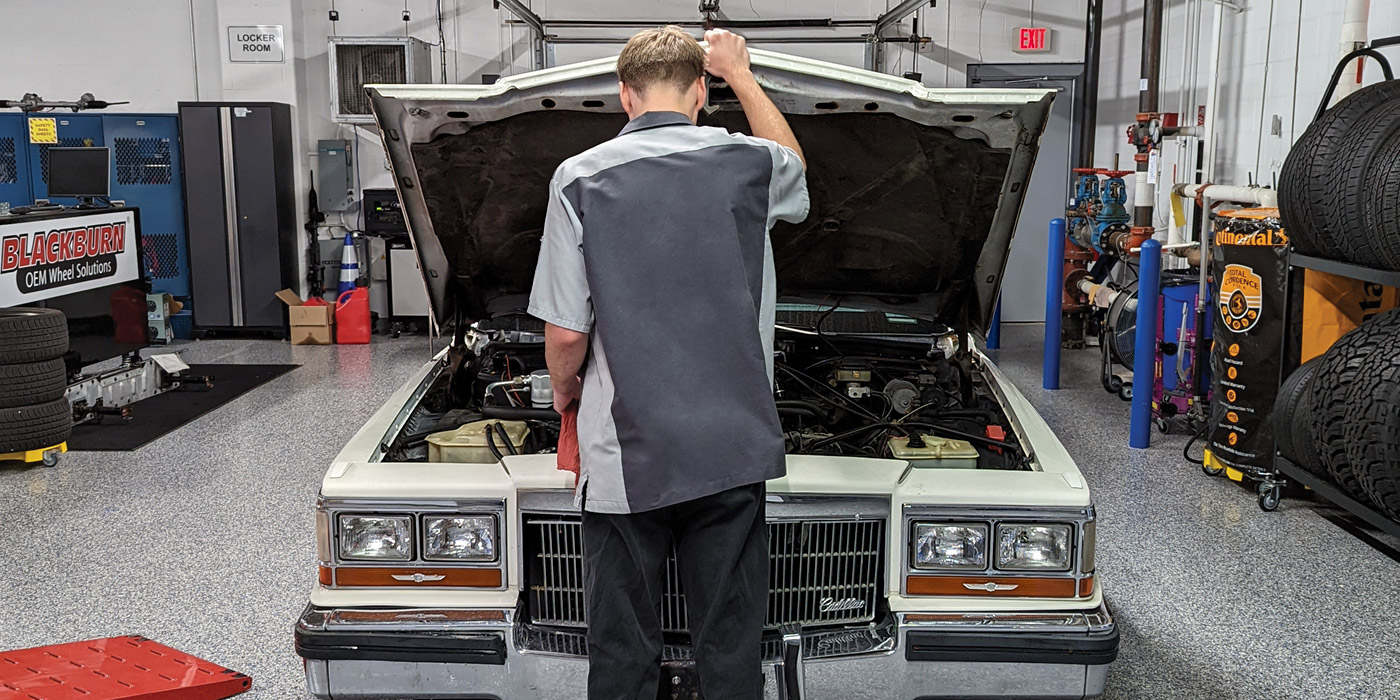This is a great tip for technicians, as well as your customers. Be careful to use the correct air chuck when inflating tires equipped with TPMS. Sounds crazy, right?
Not so, and an easy mistake to make. As we all know, the stem on the bolt-in style of a TPMS sensor is made of aluminum. And it’s bolted in, meaning there is no give whatsoever on the end of it. In other words, it doesn’t take much weight or force hanging off it in order to snap the end off.
There are a few different types of air chucks that we’re going to put on the danger list, the traditional lock-on air chuck, deep-well or dual-foot air chucks and air chucks with long handles or extensions.
The traditional lock-on style of chuck by itself isn’t very heavy, but the weight of the air hose can be more than one of these delicate valve stems can handle.
Deep well or dual head air chucks often have internal threads designed to lock on a valve stem when tilted. If you’ve ever used one, you know they work as intended which can put too much weight on the stem, and sometimes when they lock on, they really lock on. It can be a fight to get one off and the tugging and pulling can be enough to break the end of the stem.
Air chucks with handles or extensions can be detrimental by weight alone and a lot of them also feature internal threads, making them a double-dose of trouble.
The best advice is to avoid using them on TPMS systems.
What is recommended is either a shallow-well air chuck, or an inflator with a short hose and straight tip. Neither of these run the risk of putting weight on the valve stem or locking in place.
It’s the little details that can save a lot of trouble, and for the trouble – make sure you have your TPMS scan tool ready.














